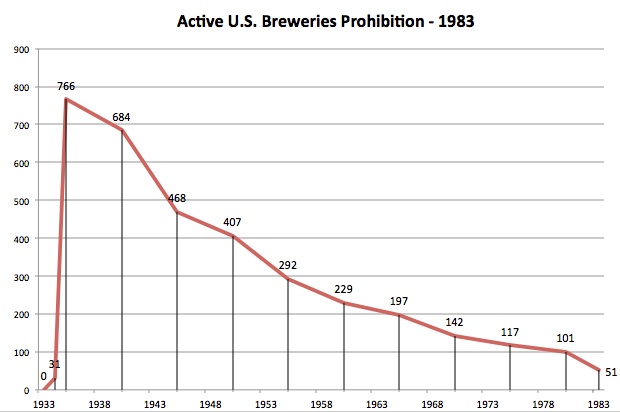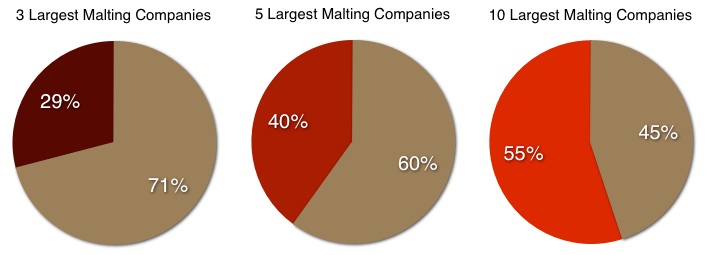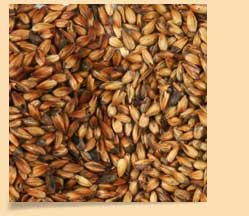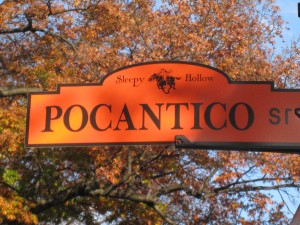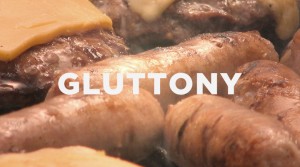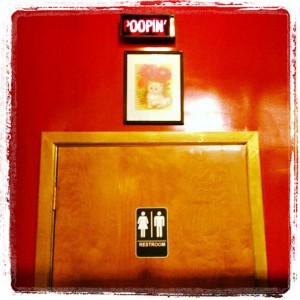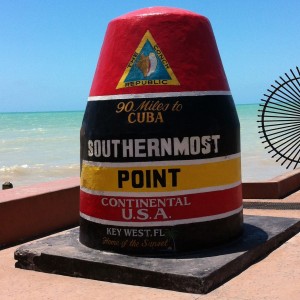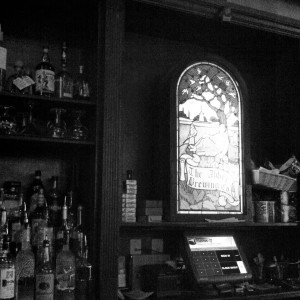In my last article, I looked at the giant corporations of the malting world. Now I’ll examine the mid-sized malting companies that supply today’s craft and home brewers, focusing on their local sourcing and global reach.
Background
Between the repeal of prohibition and the 1980’s, the American brewing industry experienced a period of tremendous consolidation and homogenization. By the mid 80’s, an industry that a century earlier had been regional and diverse had shrunk to only a few companies, with global reach but limited variety and questionable quality. In 1983 – the low point of American brewing – the largest five American brewing companies controlled 92% of all beer production in the country. Those top five were Anheuser-Busch (Now AB-Inbev), Miller and Coors (now MIiller-Coors), Pabst and Stroh (both now owned by Pabst, which was just last week sold to the Russian company Oasis), and Heileman (now City Brewing Company, makers of Sam Adams). So the five largest beer companies from 1983 are now four much larger companies.
These brewing companies (I’ll refer to them as “BMC” from now on, short for “Bud-Miller-Coors”) all primarily make very pale lagers with high percentages of adjuncts in their Continue reading

